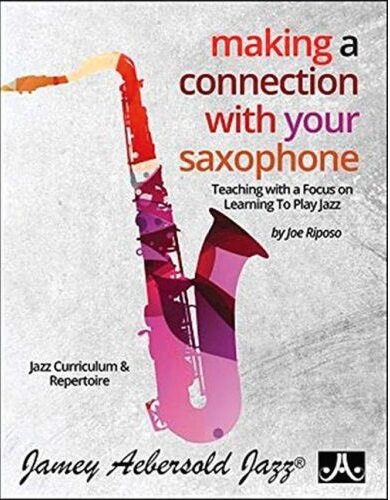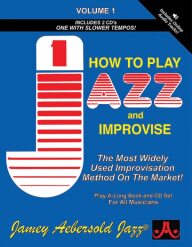Riposo, Joe: Making A Connection With Your Saxophone
Kotta és CD
The concepts in his book add another dimension to the process of teaching and learning to play jazz. Students need to learn to play what is heard and not what one thinks is seen on the printed page. Riposo outlines teaching techniques that convert knowledge into useable knowledge. With this method, students will be able to use mental processes that allow one to applying the knowledge learned.
This book provides the organization of materials and instructional design so that all parts of the brain become engaged while learning. In the first part of the book, Riposo has included a Learning Design Model and Whole-Brain Learning Design Model to h elp develop an understanding of the whole-brain approach. This book goes on to list appropriate lesson materials and identifies teaching styles and strategies that are used to create the environment from which students learn appropriate jazz styles and jazz tunes. Riposo describes how jazz books are used in lessons to bring about learning on the highest level possible. Students are taught to use their knowledge and make a connection with pre-existing knowledge. Along with the list of jazz books included is a list of jazz tunes to be used to apply the knowledge obtained and to build a jazz repertoire. The concept here is by the integration of learned knowledge students will play music through their instrument and feel a sense of relationship. The instrument now becomes a part of the player's body.
A "Jamey Aebersold Jazz" sorozatot a jazz oktatási anyagok egyik legjobbikának tartják immár több mint egy fél évszázada.
A gondosan szerkesztett kottákhoz tartozó hangfelvételen a kor legnagyszerűbb jazz zenészei játszanak. A sorozat autentikus forrás a jazz zenei nyelvének megismeréséhez és elsajátításához.
 Deutsch
Deutsch English
English Español
Español Français
Français Polski
Polski Română
Română Slovenský
Slovenský Slovenščina
Slovenščina 中文
中文



























































































































































































































































